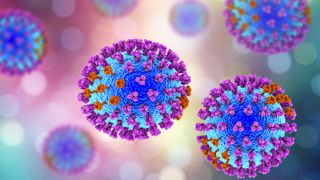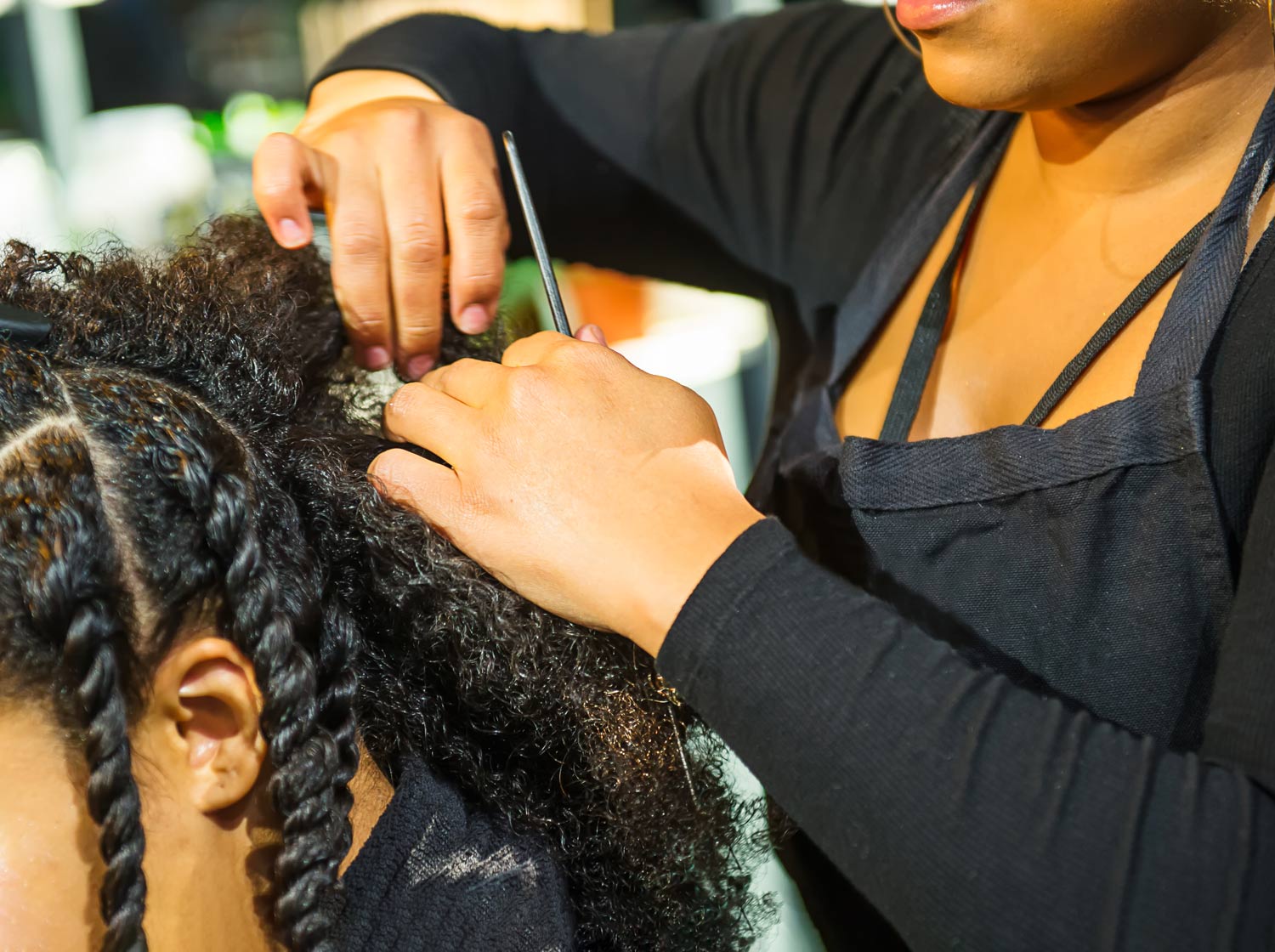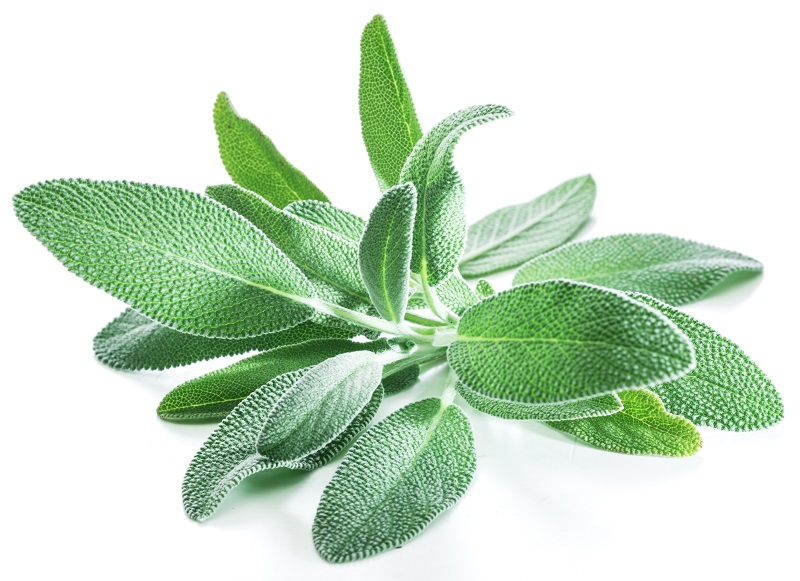For the past six months (or more) I’ve been on a health and wellness journey. I was tired of being fat and very fearful of my health spiraling out of control that could result in me having all the things I never want to have: diabetes, high blood pressure, or cancer. My husband and I renewed our membership to the gym at the beginning of the year and we’d never go. One of the gyms is located less than a block away from my job. There was no excuse for me not utilizing it. And then I just started to go over my lunch hour and I haven’t stopped since. I typically go 3-4 times a week on my lunch hour and spend 25 – 30 minutes there working out on weight machines or doing cardio on the treadmill or stationary bike.
I am pre-diabetic or borderline diabetic – they both mean the same thing – and my last lab work showed that my A1-C levels were very high. I was angry and very disappointed because I’ve put in so much work going to the gym and changing my diet and losing weight. But this was the wakeup call I needed because I needed to change my diet even more and truly leave sugar and sweets – all the things I love – alone. I tweaked my diet and I’m still working out regularly and the weight has been coming off.
So far I’ve lost 25 pounds and I’m not stopping. I’m not comfortable or happy at my current weight. I won’t be happy until I am out of the danger zone of being diabetic and I reach my goal weight. Working out regularly has increased my stamina. My cravings have died down tremendously. Even if I’m stressed out or worrying about something I’m not grabbing all the bad snacks and candy for comfort. I’d rather exercise instead.
While I’ve been focused on my weight loss and health, my hair has been growing. I haven’t been paying much attention to it, but my husband has been pointing it out to me regularly. Usually what is more common is hair loss after weight loss, particularly rapid weight loss with restrictive diets or weight loss surgery. I don’t consider my diet to be restrictive other than cutting out all the bad things I used to eat, and I haven’t had any lap band or weight loss surgeries.
Working out regularly promotes healthy hair growth. When we exercise blood circulation increases, allowing for more nutrients and oxygen to get to your scalp. In order for hair to grow, each hair follicle must receive nutrients and oxygen from the body’s blood vessels. An increase in blood flow means that more nutrients and oxygen are reaching the scalp. If you perform 30 minutes of cardio three times per week, this will help nourish your hair follicles and result in increased hair growth. Now you tell me who doesn’t want that?
My husband’s keen eye is correct – my hair is growing and growing more than I realized. I’m proud of my healthy habits and regular visits to the gym and working out at home when I don’t go to the gym. I’m seeing results and I’m feeling better. I still have bad knees, but it no longer hurts to walk like it used to. Losing weight isn’t the cure for my knee problems, but it has helped them tremendously. There was a point where I was visibly limping when I walked and was in constant pain. I couldn’t sleep at night and would wake up in pain because of my knees. That doesn’t happen anymore.
If you want hair growth, work out for 30 minutes three times per week doing cardio. Get active and stay active and get that blood flowing throughout your body. Yes our hair will grow regardless, but you will notice an increase when you start a healthy exercise and diet routine. I’m proud of myself. I’m proud that I got tough with myself and I’m sticking to my guns and not giving into temptations no matter how strong they may be. This isn’t about longer hair, longer hair just happens to be an added benefit. This is my journey to a healthier me.






























